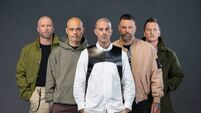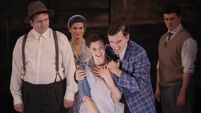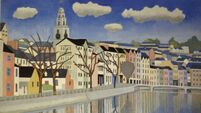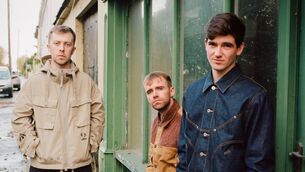Culture That Made Me: Villagers and Bob Dylan feature in Dónal Dineen's touchstones
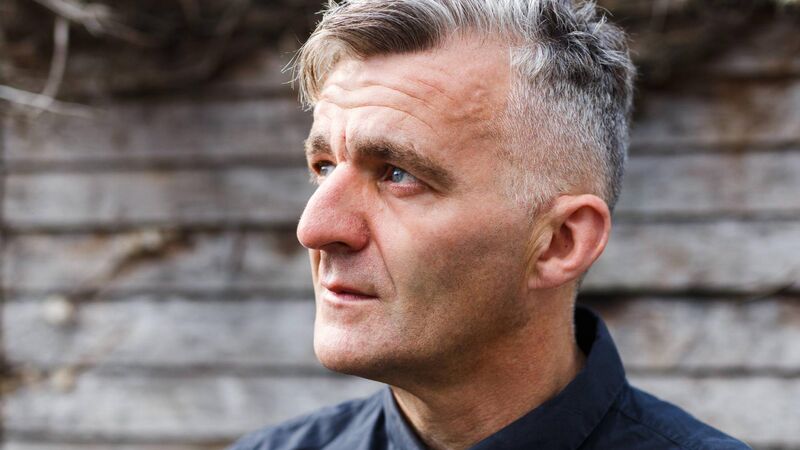
Dónal Dineen, broadcaster and documentary maker. Picture: Bríd O'Donovan
Dónal Dineen, 52, grew up on a farm in Rathmore, Co Kerry. He was the first presenter of the music television series No Disco in the mid-1990s. In 1997, he began presenting Here Comes The Night on Radio Ireland, which later morphed into the Small Hours show on Today FM.
The third episode of his audio documentary series We Are The Makers, which is funded by Solas Nua in Washington, is broadcast today, Monday. He will record a live Make Me An Island podcast episode with Lisa O'Neill as part of the West Cork Feel Good Festival, on Saturday, October 9, at Levis’ Bar, Ballydehob, Co Cork.

